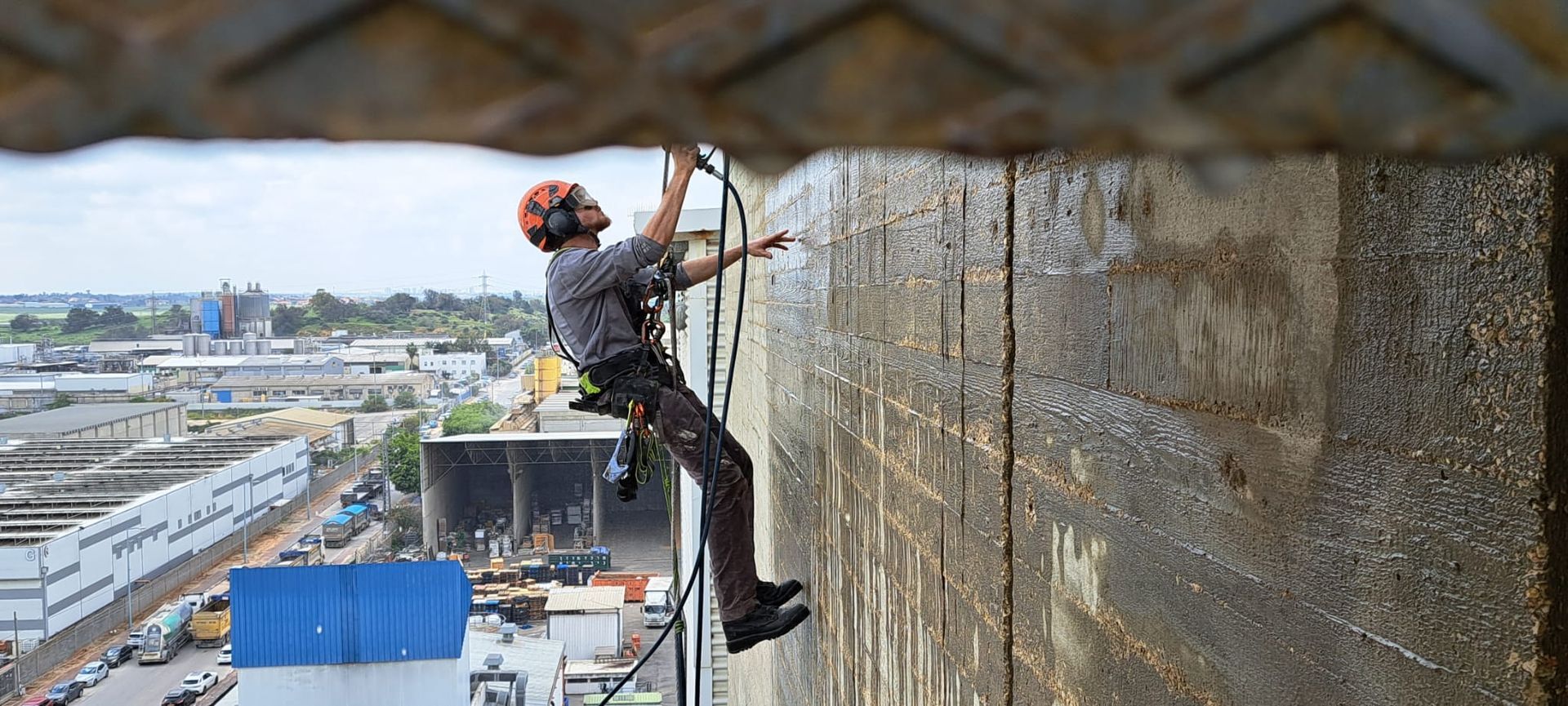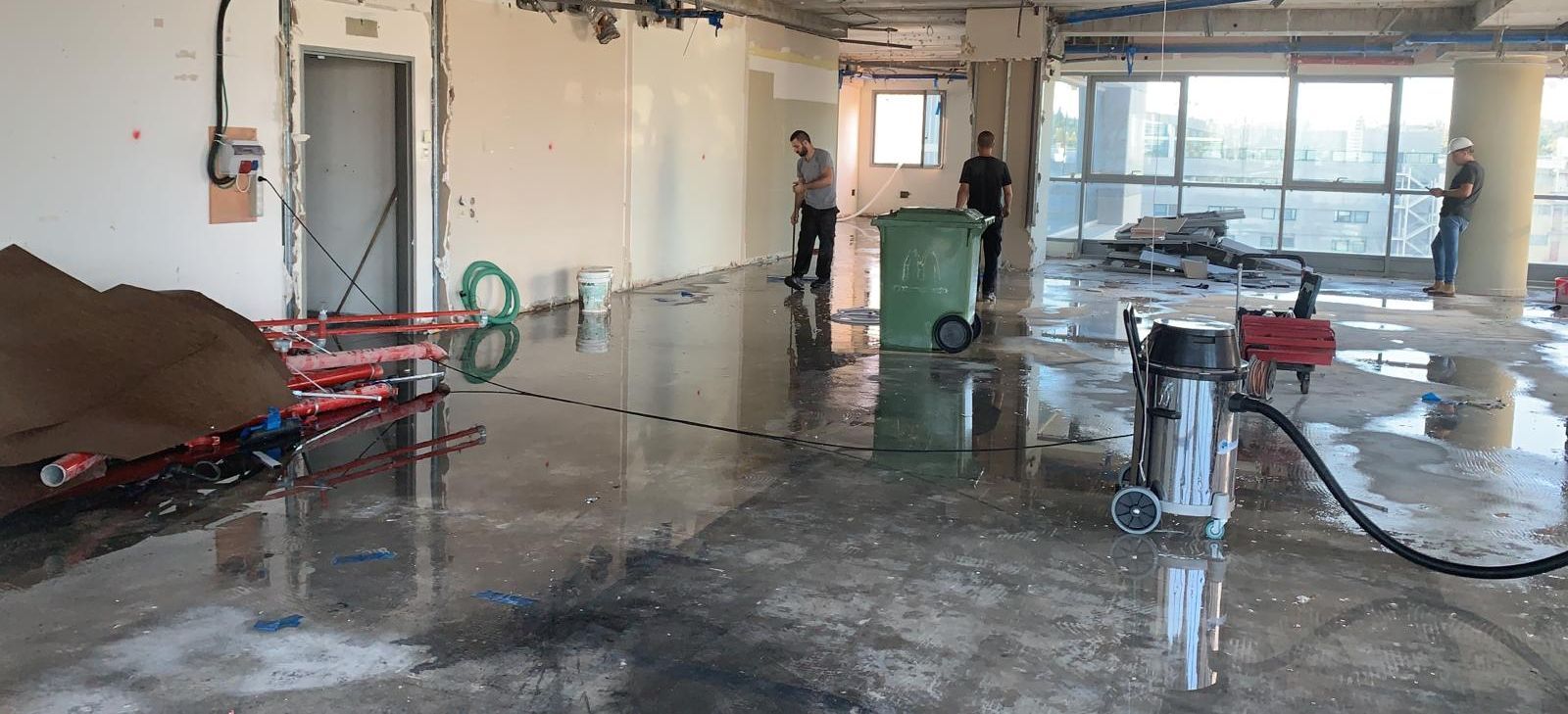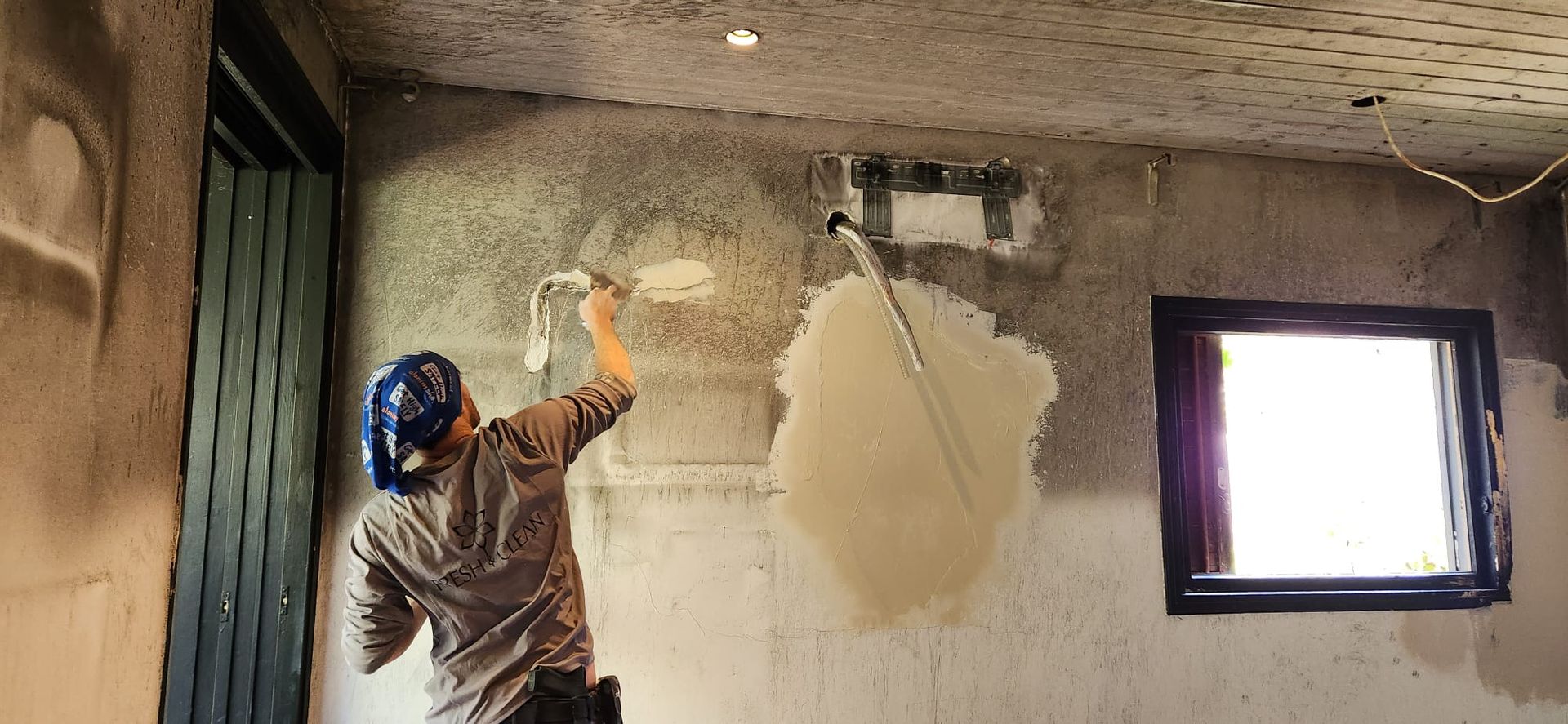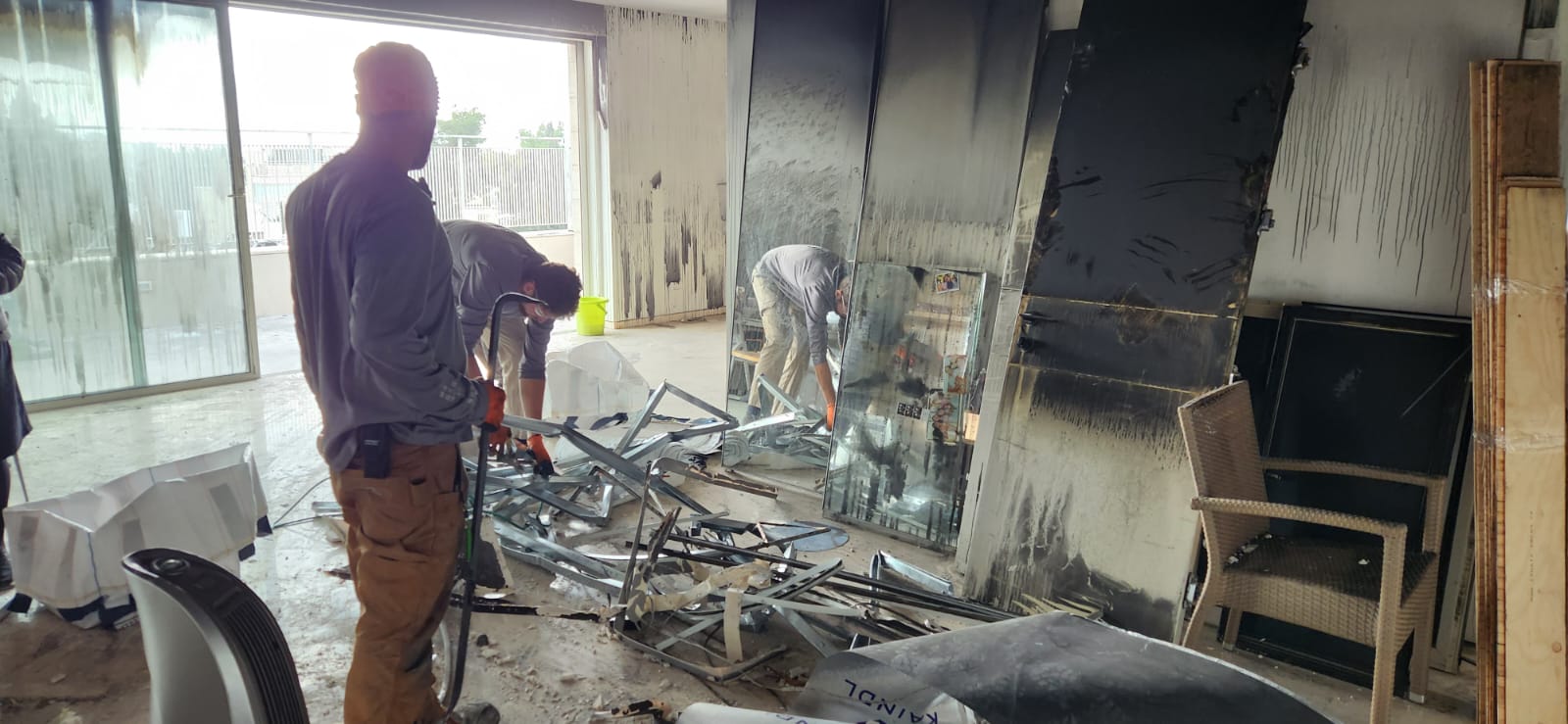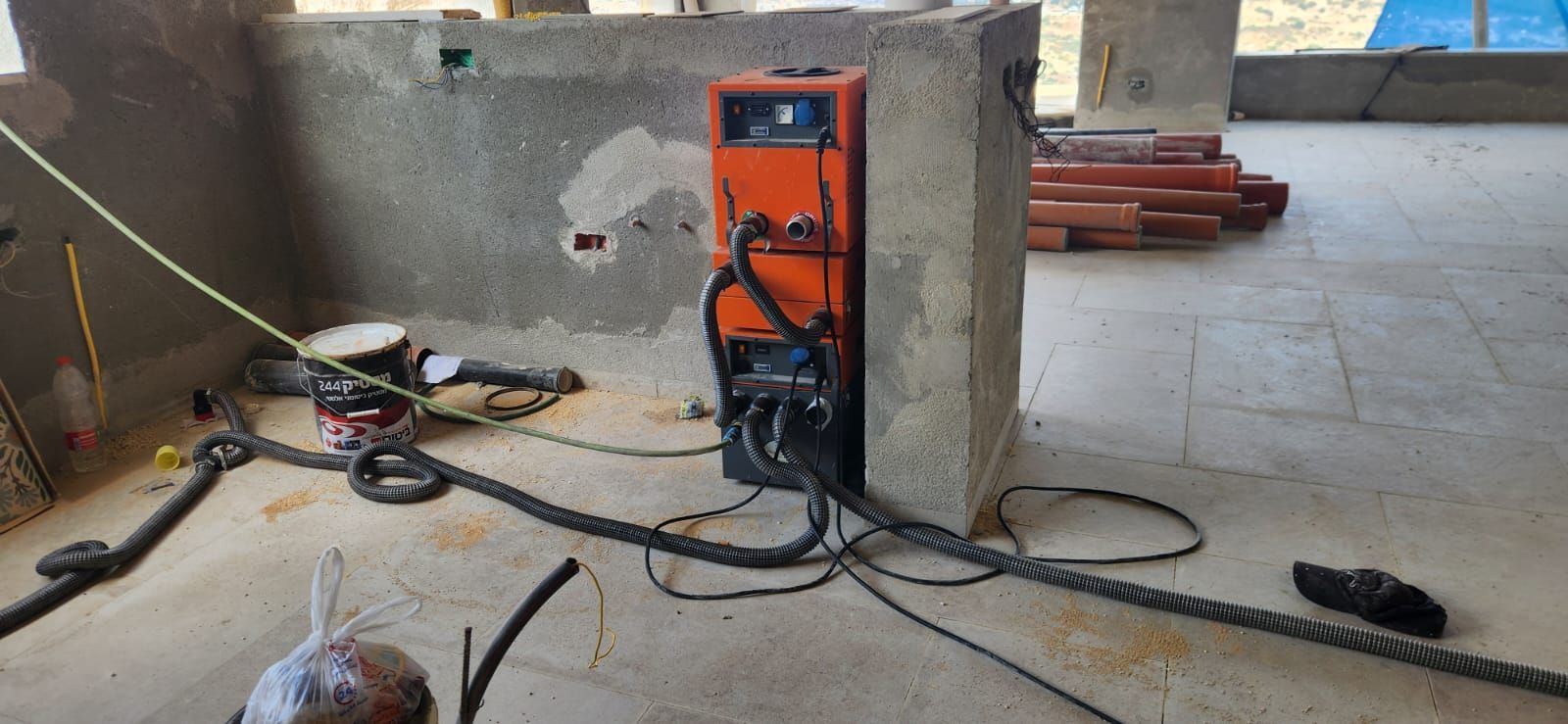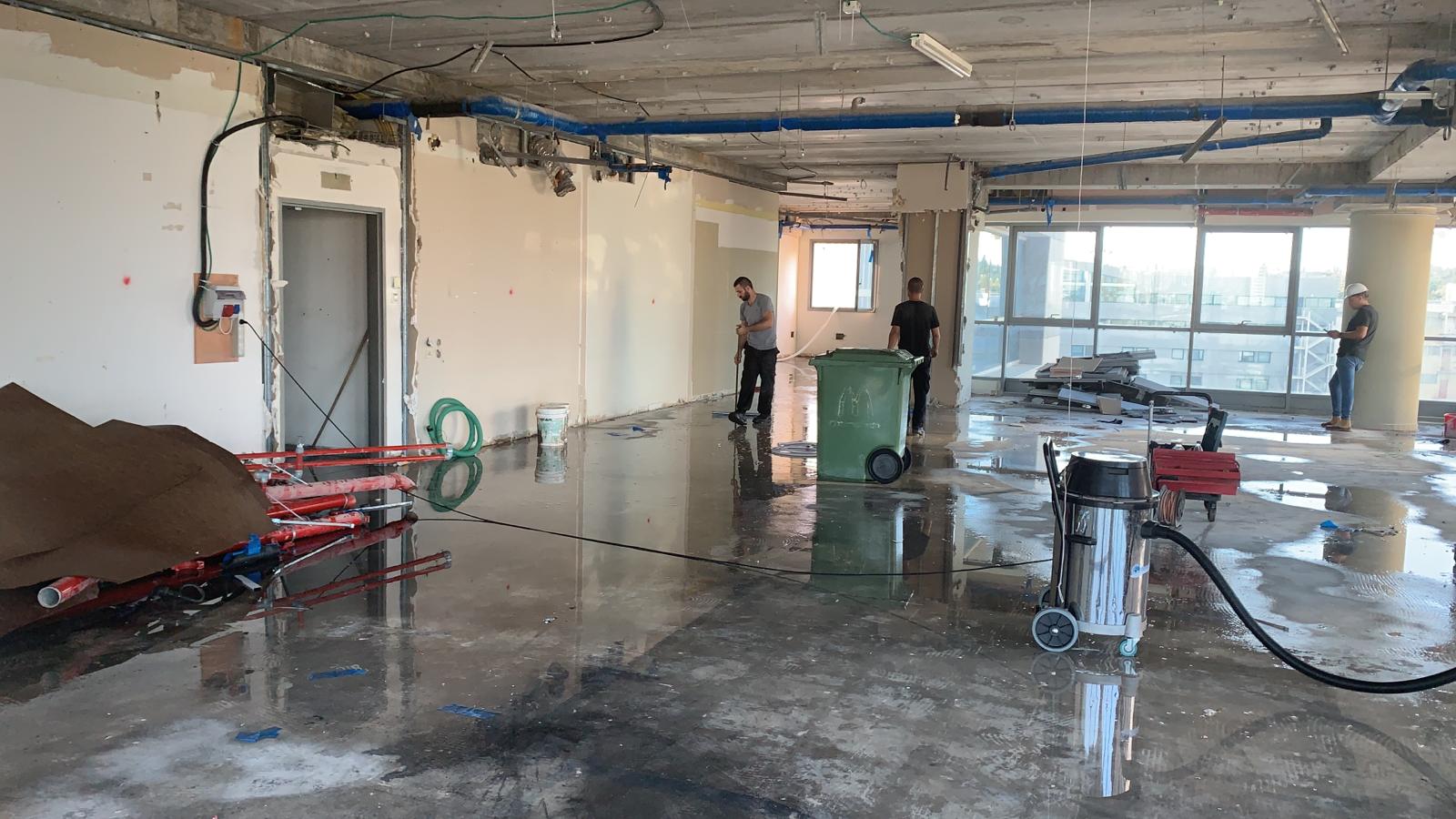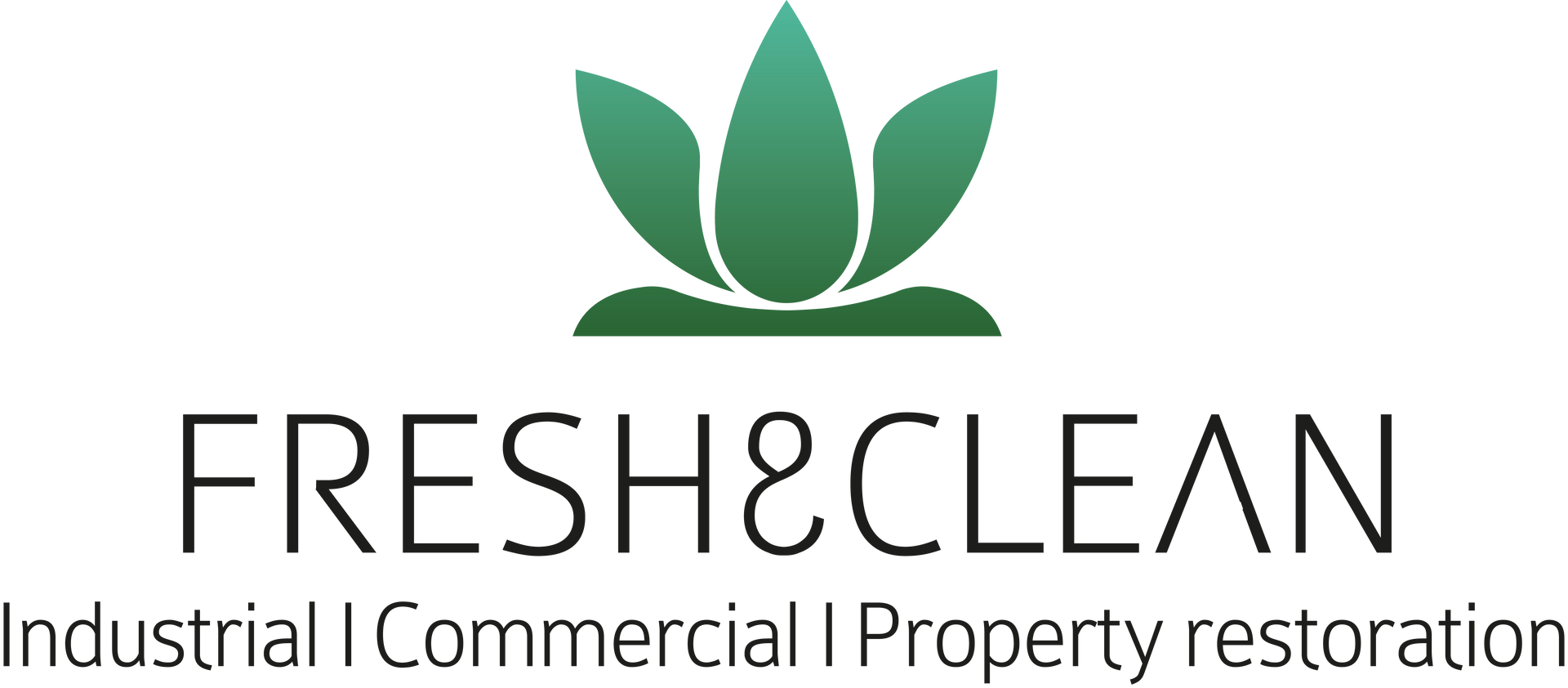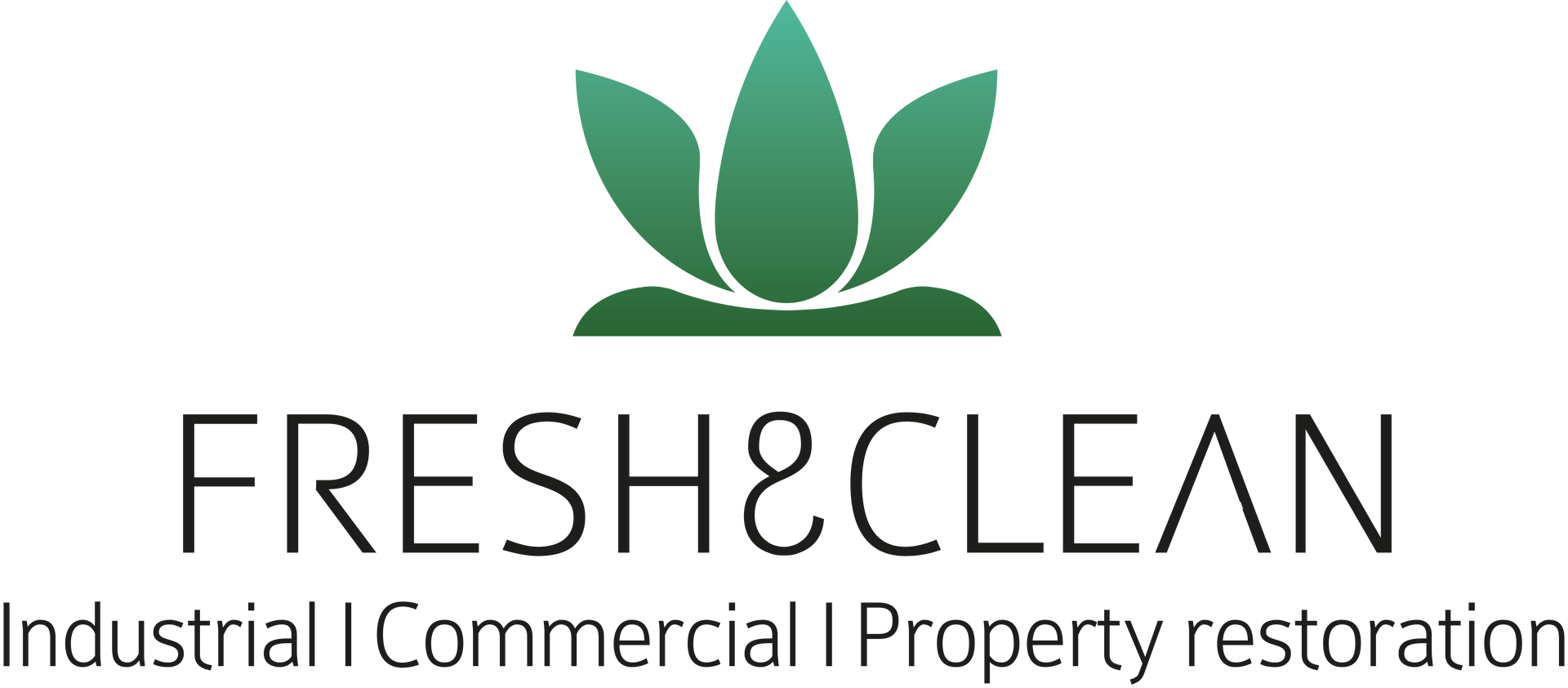How to Approach Your Insurance Company When Filing a Claim for Fire Damage
How do you make sure that all of your rights are fulfilled, how do you get referred to the
right restoration company, and what is the next step to take?
In this article we explain about the process, but you must remember that the insurance
companies operate slightly differently from each other, and you should ask for all of the
details from your insurance agent or directly from the insurance company.
The first stage is to report the event via your insurance agent or insurance company. This is
called “opening a call”.
If your home was flooded due to the efforts of the fire fighters, you may receive initial aid
from the insurance company immediately, and the company may send emergency cleaning
services to your home or approve for you to call for emergency cleaning services.
The next stage is to call an appraiser to assess the dimensions of the damage. You can call in
your own appraiser in addition to the appraiser hired by the insurance company (this is
recommended—but, of course, requires payment to your appraiser).
The appraiser that is hired by the insurance company may come in person or send other
professionals on his or her behalf—restoration contractors and, in some instances, an
engineer—who will assess what work needs to be done to restore your home to its previous
state.
The appraiser will then send the damage assessment to the insurance company in detail. The
insurance company usually accepts the recommendations of the appraiser in full (minus
deductible amounts that are up to you to pay). If you bring in a private appraiser, your
appraiser can negotiate with the insurance company on your behalf and may sometimes
succeed in increasing the assessed value of the damage to be treated.
When there is only minor damage, the insurance company usually transfers the amount
directly into your bank account, and you will have to deal directly with the contractor who
was sent to you by the appraiser—or with any professional that you choose.
In cases where the damage is more serious, the insurance company will refer to you the
restoration company that offers them the price quote that they most prefer. This gives you
the budget framework, as well as a professional to do the job.
If you choose to work with the restoration company offered by the insurance company, you
will get the full amount (depending on what was approved—this is called “reinstatement”),
as the work progresses, in return for the payment receipts that you send to the insurance
company.
If you decide to choose your own restoration company or any other contractor—or, if, for
some reason or other, you decide against restoration—you can get part of the full amount
(this is called getting the “indemnity value” in place of the “reinstatement value”).
Too low of a pricing for the work will enable the contractor to get the job but require him or
her to lower the work standard, drag feet, and be unable to complete the job properly.
Our company is recognized by most insurance companies and appraisers, but does not work
for them on a regular basis.
This state of affairs allows you piece of mind—when we send a price quote to the insurance
company, we do not go after any personal gain but aim only to do the most professional
work that we are able, sensitively and courteously, at the right price.
